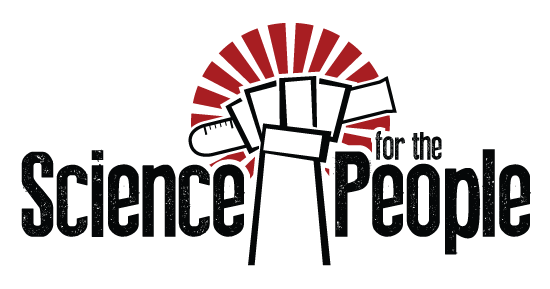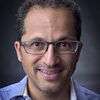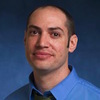On the Origin of Bad Science #394
November 04, 2016

This week we're talking about what bad science looks like, why good scientists with good intentions often use techniques of bad science in their work, and how we may be unintentionally selecting for bad science over good science in our culture. We speak with Michael Inzlicht, Professor of Psychology at the University of Toronto, about the replication crisis currently underway in the field of social psychology. And we talk with Paul Smaldino, Assistant Professor of Cognitive and Information Sciences at the University of California, Merced, about his recent paper "The Natural Selection of Bad Science" and how the incentives built into our science culture may also be creating an environment where bad science thrives.
Guests:
- Michael Inzlicht
- Paul Smaldino
Guest Bios
Michael Inzlicht
Michael Inzlicht is a Research Excellence Faculty Scholar at the University of Toronto. His primary appointment is as Professor in the Department of Psychology, but he is also cross-appointed as Professor at the Rotman School of Management, and a Research Fellow at the Behavioural Economics in Action (BEAR) group. Michael conducts research that sits at the boundaries of social psychology, cognitive science, and neuroscience. Although he has published papers on the topics of prejudice, academic performance, and religion, his most recent interests have been in the topics of self-control, where he borrows methods from affective and cognitive neuroscience to understand the underlying nature of self-control, including how it is driven by motivation.
Paul Smaldino
Paul Smaldino is an Assistant Professor of Cognitive and Information Sciences at the University of California, Merced. His research focuses on how psychological and behavioral traits emerge and evolve in response to social, cultural, and ecological pressures, as well as how those pressures can themselves evolve. He has broad interests related to cultural evolution, cooperation, and complex adaptive systems. Much of his work involves building mathematical models and computer simulations to generate and test hypotheses.








